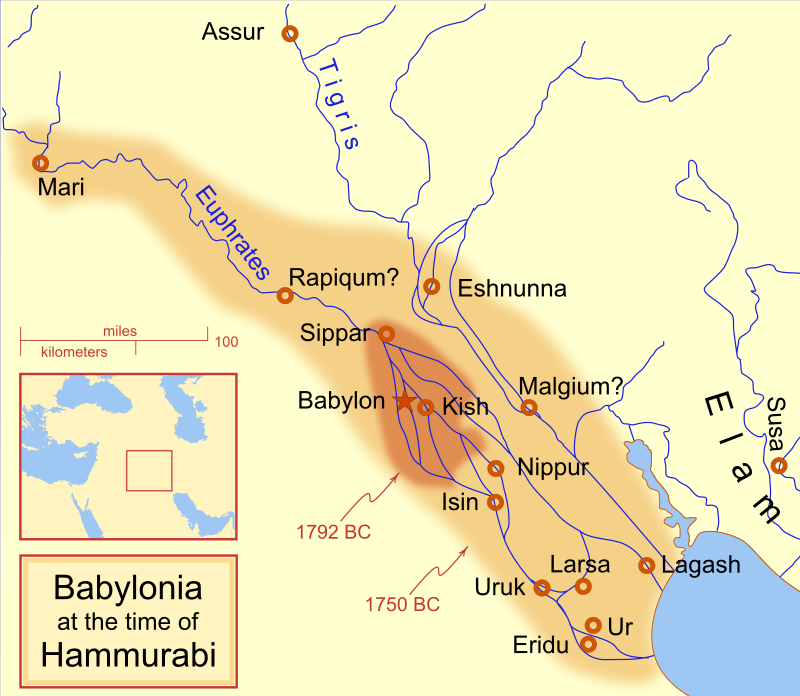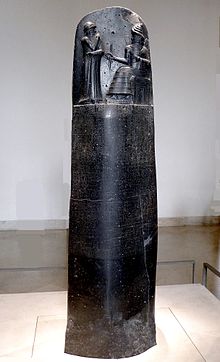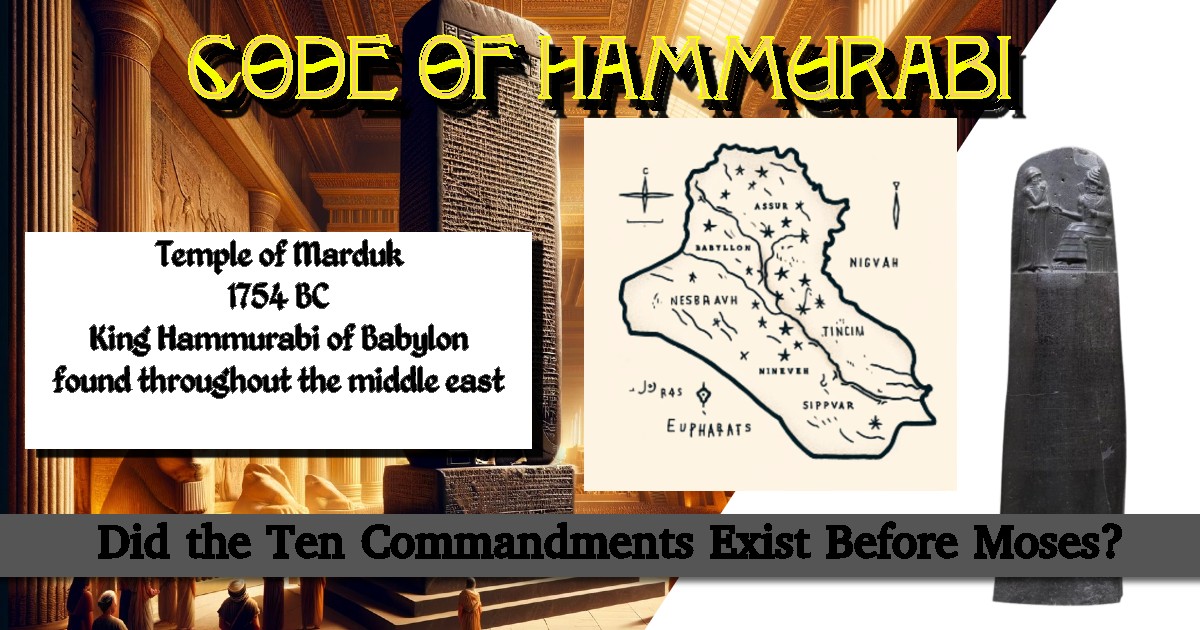For millennia, the Ten Commandments have stood as a cornerstone of Judeo-Christian ethics, believed to have been divinely handed down to Moses on Mount Sinai. But what if these sacred laws existed long before Moses ever ascended the mountain? Could the Ten Commandments be rooted in even more ancient traditions, predating the biblical narrative? A secular investigation into the earliest texts and historical records raises startling possibilities.
Evidence from Ancient Texts and Civilizations
The Code of Hammurabi (c. 1754 BCE)
Long before Moses, King Hammurabi of Babylon enacted one of the world’s earliest and most comprehensive legal codes. The Code of Hammurabi, inscribed on a basalt stele, outlines 282 laws covering justice, property, family, and civil rights. Notably, several commandments echo principles found in this code. For instance, both emphasize prohibitions against theft, murder, and bearing false witness. The striking similarity suggests that the moral and legal principles attributed to the Ten Commandments may have deep roots in Mesopotamian legal traditions.
The Code of Hammurabi is one of the earliest and most comprehensive legal codes, created around 1754 BCE by King Hammurabi of Babylon. It consists of 282 laws, covering a wide range of topics, including contracts, family law, trade, property rights, and criminal justice. The laws were inscribed on a diorite stele and displayed in Babylon to inform the public of their rights and responsibilities.
Lex Talionis (“Eye for an Eye”) – Punishments were based on retributive justice.
Social Class Distinctions – Different penalties applied based on whether a person was a noble, commoner, or slave.
Presumption of Innocence – Some laws required evidence and witnesses in legal disputes.
Regulation of Contracts – Business agreements, loans, and interest rates were strictly defined.
Family and Marriage Laws – Rules for divorce, adultery, inheritance, and parental authority.
The Ten Commandments (c. 1300-1200 BCE) from the Hebrew Bible draws from the earlier Babylon codes preserved in tablets throughout the empire.
Other Mesopotamian rulers, such as Ur-Nammu (c. 2100 BCE) and Lipit-Ishtar (c. 1930 BCE), had similar law codes, found in fragmentary form.

| Code of Hammurabi | Ten Commandments |
|---|---|
| Law 8: “If a man steals an ox, sheep, or donkey, he must repay tenfold.” | Commandment : “You shall not steal.” |
| Law 196: “If a man destroys another man’s eye, they shall destroy his eye.” | Commandment : “You shall not murder.” |
| Law 3: “If a man brings an accusation against another man but cannot prove it, he shall be put to death.” | Commandment : “You shall not bear false witness against your neighbor. |
| Law 129: “If a married woman is caught in adultery, both she and her lover shall be drowned.” | Commandment : “You shall not commit adultery.” |
| Laws 21 -25 Strict punishments for theft, fraud, and property damage (e.g., if a house burns down and a thief is caught looting it, he shall be put to death) | Commandment: “You shall not steal. |
| Law 195: “If a son strikes his father, his hands shall be cut off.” | Commandment : Honor your father and your mother, that your days may be long.” |
| Laws 282, 15-16: Outlines rules for slavery, runaway slaves, and their treatment. | Commandment : Hebrew slaves are to be freed after six years unless they chose to stay with their masters. (Exodus 21:2-6) |

The Louvre Stele
Location: Discovered in Susa (modern-day Iran) in 1901
The most complete version of Hammurabi’s laws, originally from Babylon but later taken as war loot by the Elamites.
Clay Tablets & Fragments
Over 30 clay tablets containing portions of Hammurabi’s laws found in Babylon, Assur, Sippar, and Nineveh.
Cylinders & Stelae with Related Laws
The Egyptian Book of the Dead (c. 1550 BCE)
Ancient Egypt, where Moses is said to have been raised, had its own moral declarations known as the “Negative Confessions” found in the Book of the Dead. In these texts, the deceased would declare their innocence before 42 divine judges, saying things like, “I have not stolen,” “I have not committed murder,” “I have not borne false witness.” The resemblance to the Ten Commandments is uncanny. Considering Moses’ upbringing in Pharaoh’s court, it’s plausible that Egyptian ethical norms influenced the biblical commandments.
Hittite Suzerainty Treaties (c. 1400-1200 BCE)
The structure of the Ten Commandments closely mirrors ancient Hittite suzerainty treaties, which were covenants between a sovereign and their vassals. These treaties often began with a preamble identifying the sovereign, followed by stipulations (laws), and concluded with blessings for obedience and curses for disobedience. The Ten Commandments follow a similar format, suggesting that the Israelites may have adapted this common treaty structure for their covenant with God.
Sumerian and Akkadian Moral Codes (c. 2100 BCE and earlier)
Even older than Hammurabi’s code are the Sumerian and Akkadian laws, such as the Code of Ur-Nammu. These early legal systems included rules against theft, adultery, and violence. Their existence points to a long-standing tradition of codifying moral behavior, indicating that the concept of divine laws predates the biblical narrative of Moses.
Rethinking the Origins of Moral Law
The evidence suggests that the Ten Commandments did not emerge in isolation. Instead, they appear to be part of a continuum of evolving moral and legal codes across ancient civilizations. This doesn’t diminish their significance but rather enriches our understanding of how interconnected human societies have been in shaping ethical norms.
Conclusion
While the Ten Commandments hold a unique place in Judeo-Christian tradition, secular investigations reveal that their roots likely extend far beyond Mount Sinai. They reflect a tapestry of ancient influences from Mesopotamia, Egypt, the Hittite empire, and Sumeria. Recognizing these connections invites a deeper appreciation of the shared moral heritage that spans cultures and epochs.
Sources:
- The Code of Hammurabi, translated by L.W. King
- “The Egyptian Book of the Dead,” translated by E.A. Wallis Budge
- “The Ancient Near East: History, Society, and Economy” by Mario Liverani
- “The Bible Unearthed” by Israel Finkelstein and Neil Asher Silberman
- “Ancient Laws and Modern Problems” by John Sassoon
This perspective challenges conventional beliefs, not to undermine faith, but to inspire a richer dialogue about the origins of our moral compass.

